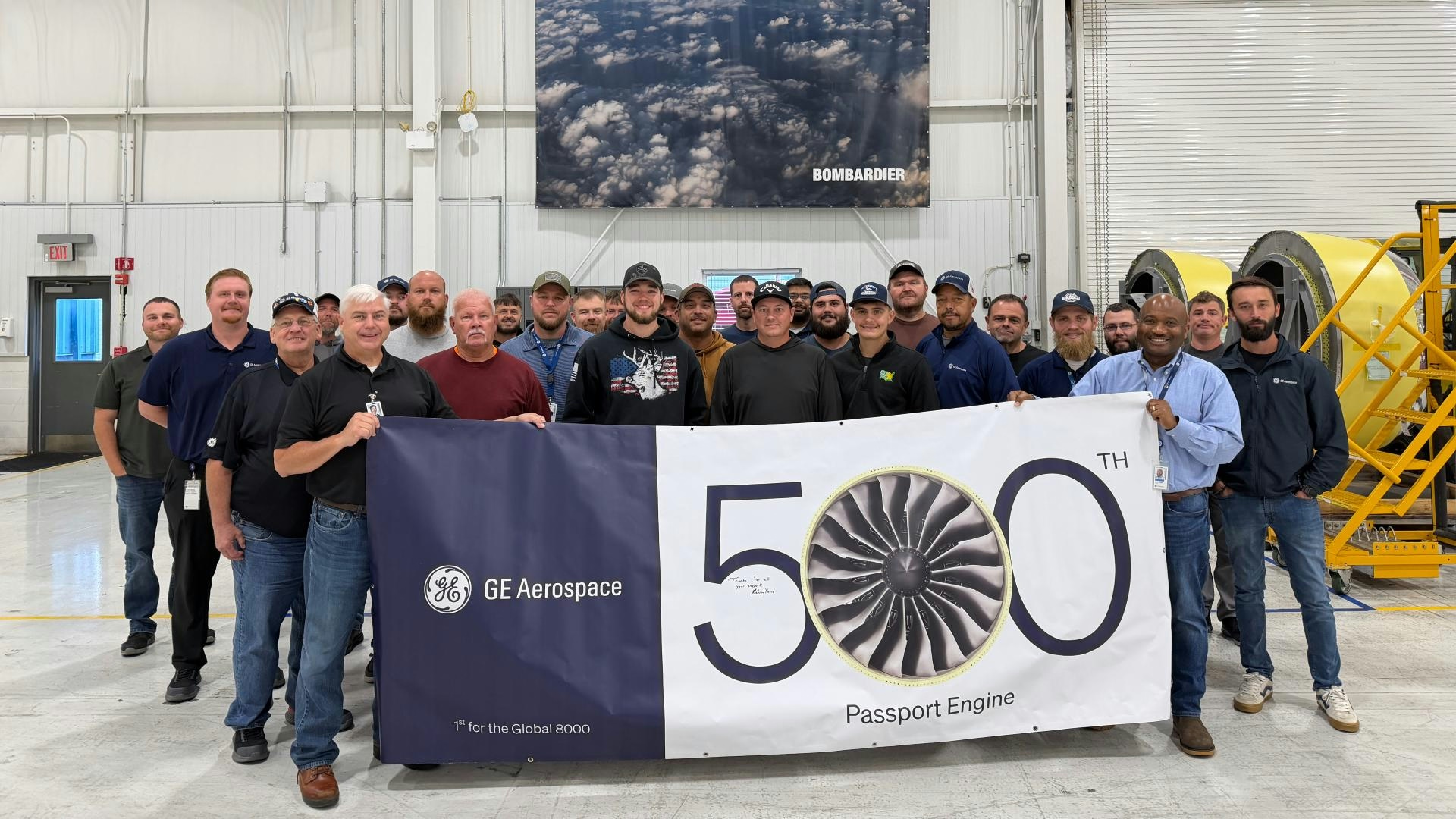
AeroGenie — ваш интеллектуальный второй пилот.
В тренде
Categories
Greenbriar Equity Acquires Aviation MRO Provider West Star Aviation

Greenbriar Equity Group Acquires West Star Aviation
Greenbriar Equity Group, L.P. has completed the acquisition of West Star Aviation, a prominent provider of maintenance, repair, and overhaul (MRO) services for business aviation aircraft, from The Sterling Group. The financial terms of the private transaction were not disclosed.
West Star Aviation’s Industry Standing and Capabilities
Established in 1947, West Star Aviation has grown into a leading service provider within the business aviation sector, offering extensive MRO capabilities for aircraft from all major original equipment manufacturers. The company operates the largest nationwide aircraft on ground (AOG) technician network, which facilitates rapid and reliable mobile repair services. West Star’s management team is recognized for its commitment to quality workmanship and exceptional customer service.
Stephen Maiden, CEO of West Star Aviation, highlighted the company’s progress under Sterling’s ownership and expressed optimism about the future under Greenbriar’s stewardship. He emphasized Greenbriar’s expertise in expanding aviation aftermarket platforms and outlined plans to accelerate growth, enhance operational capabilities, and maintain a strong focus on employee dedication and customer needs.
Strategic Implications and Industry Context
Noah Blitzer, Managing Director at Greenbriar, described West Star as an outstanding business with a comprehensive service offering and a compelling customer value proposition. He noted that the acquisition aligns with Greenbriar’s strategy of partnering with leading aviation and aerospace companies positioned for growth. Blitzer expressed enthusiasm about collaborating with West Star’s leadership to build upon the company’s established reputation as a premier MRO provider.
The acquisition occurs amid heightened activity in the aviation MRO sector, a development likely to attract regulatory scrutiny as authorities evaluate its impact on market competition. The transaction is expected to prompt responses from competitors, who may seek to bolster their own MRO capabilities or pursue strategic alliances to protect market share. Industry analysts anticipate that some rivals might adopt aggressive pricing or invest in service enhancements to remain competitive.
Investor interest in Greenbriar’s aviation sector investments has increased following the announcement, reflecting confidence in the growth prospects of the business aviation aftermarket. As Greenbriar integrates West Star Aviation into its portfolio, the company is well-positioned to expand its footprint in the sector while the broader industry adjusts to the evolving competitive dynamics.

UAE Airports Adopt AI to Manage Rising Passenger Traffic

Spain’s Leading Airlines and Hotels Use Google Flights AI to Enhance Holiday Offers
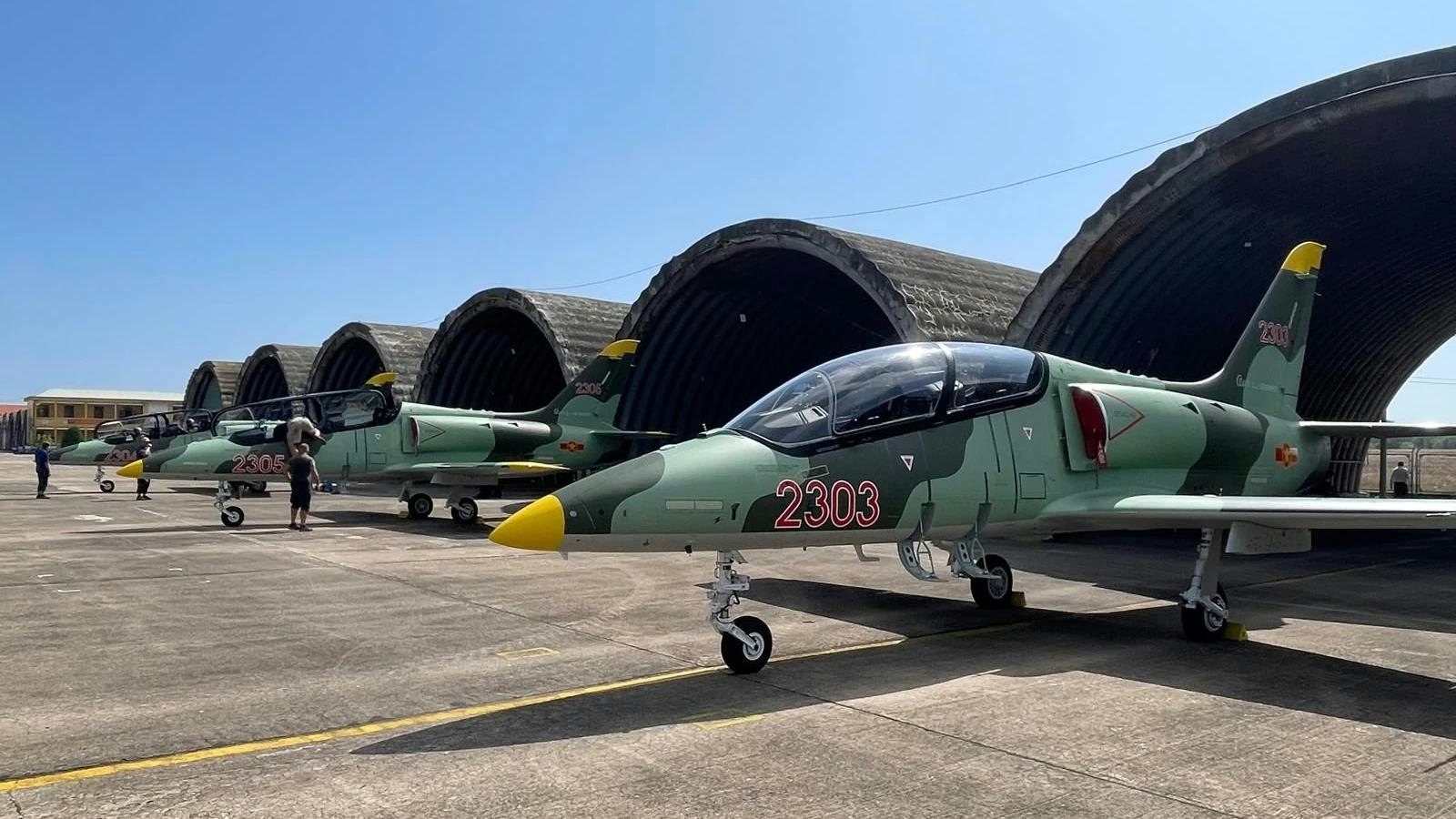
Vietnam Grounds 28 Aircraft Amid Global Engine Shortage
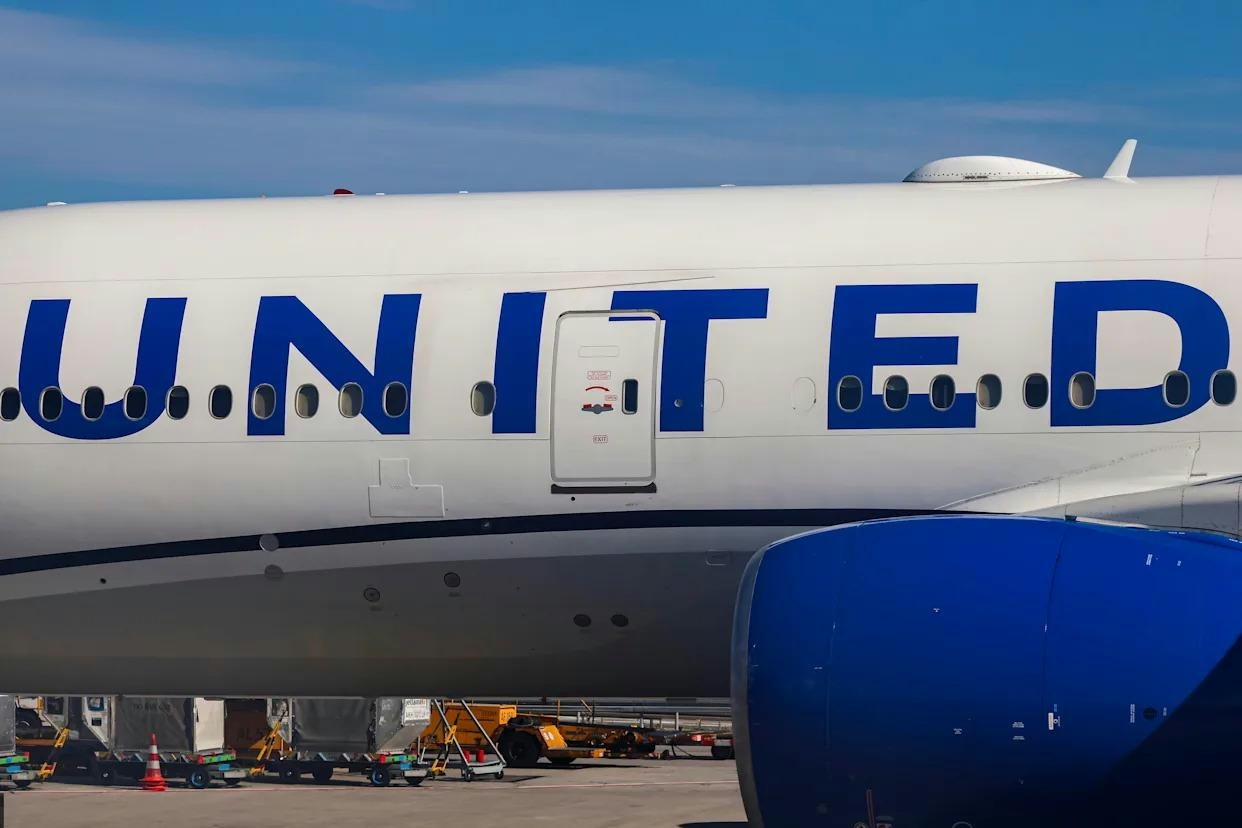
United Airlines Flight Returns to Dulles After Engine Failure on Takeoff
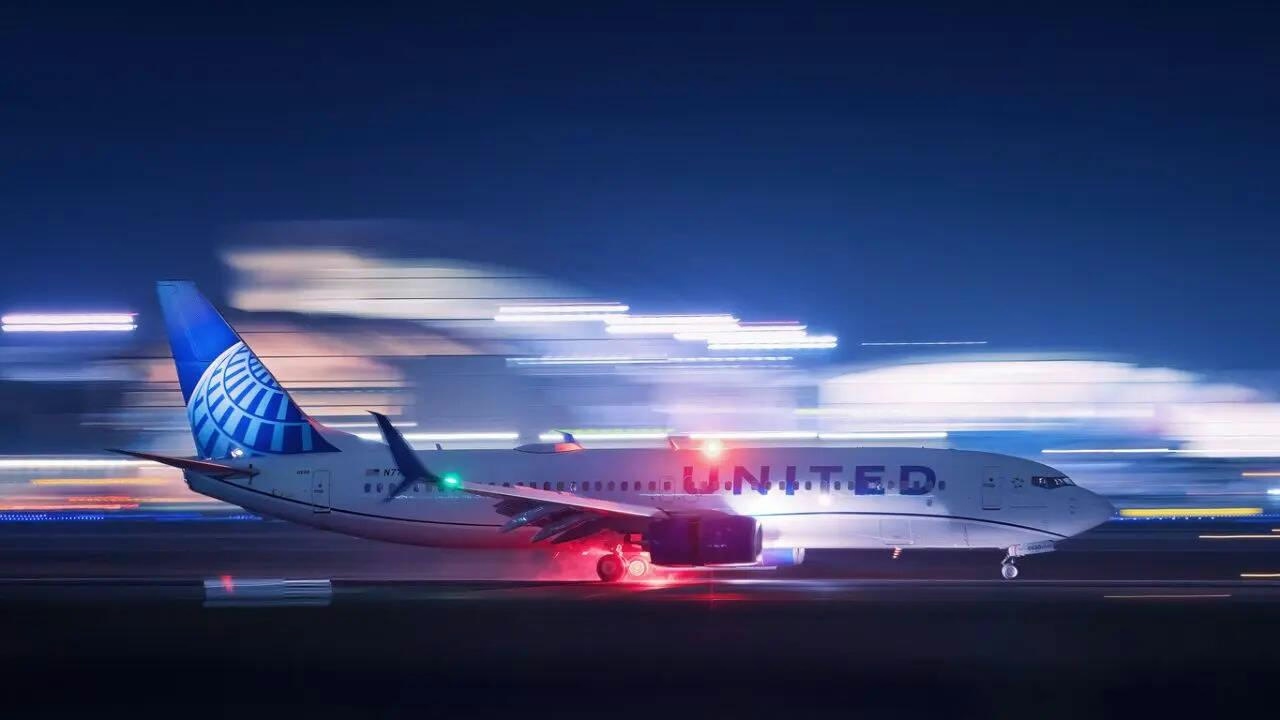
United Airlines flight makes emergency landing at Dulles after engine failure
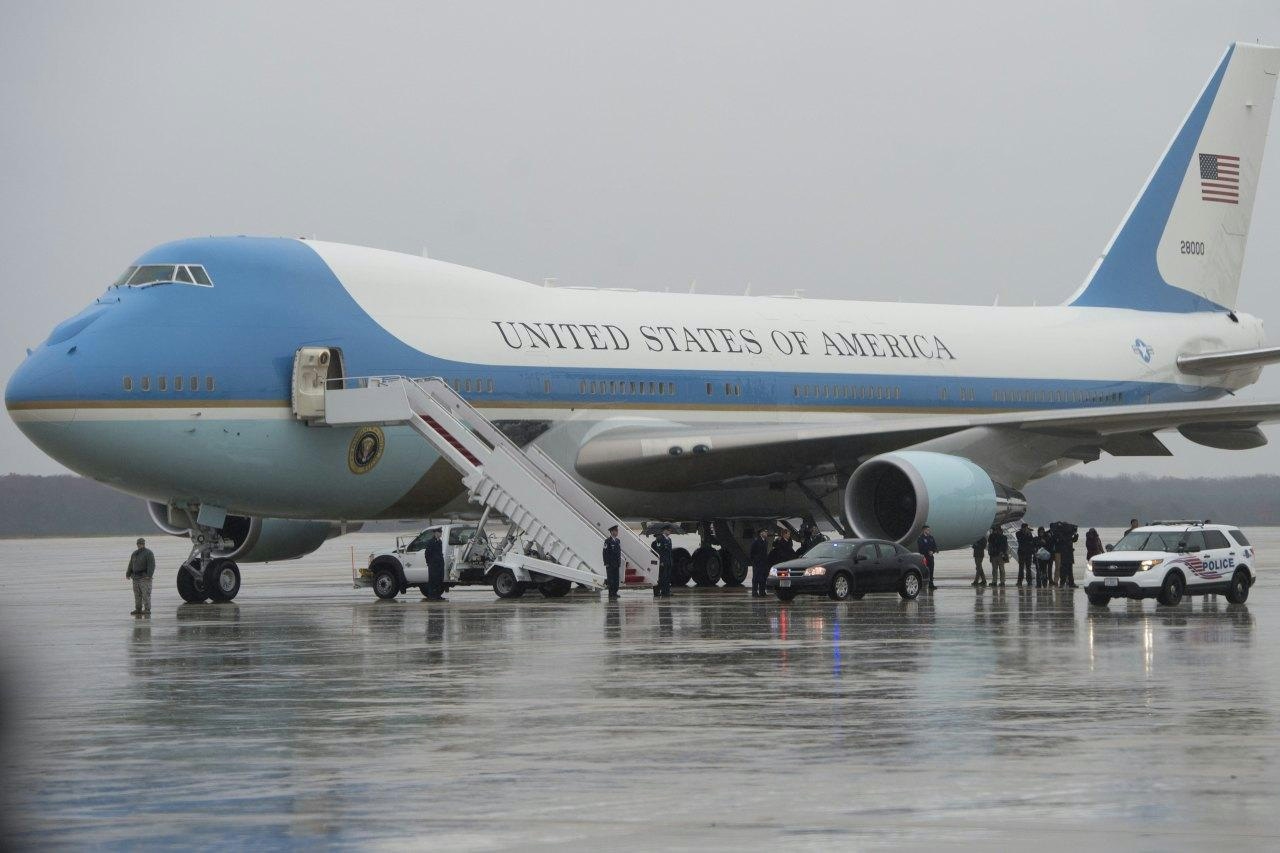
The Impact of the New Air Force One’s Delayed 2028 Arrival on Aviation and Travel
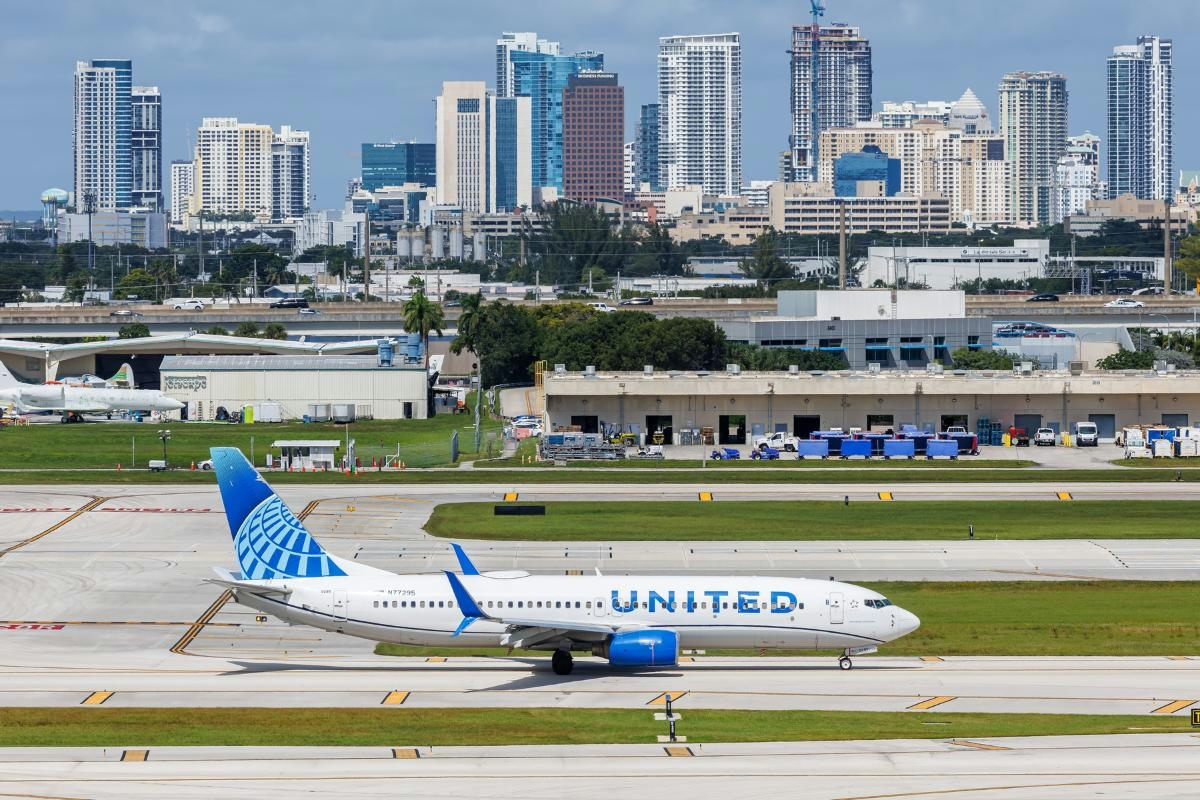
United Airlines Restarts Controversial AI Scheduling for Flight Attendants
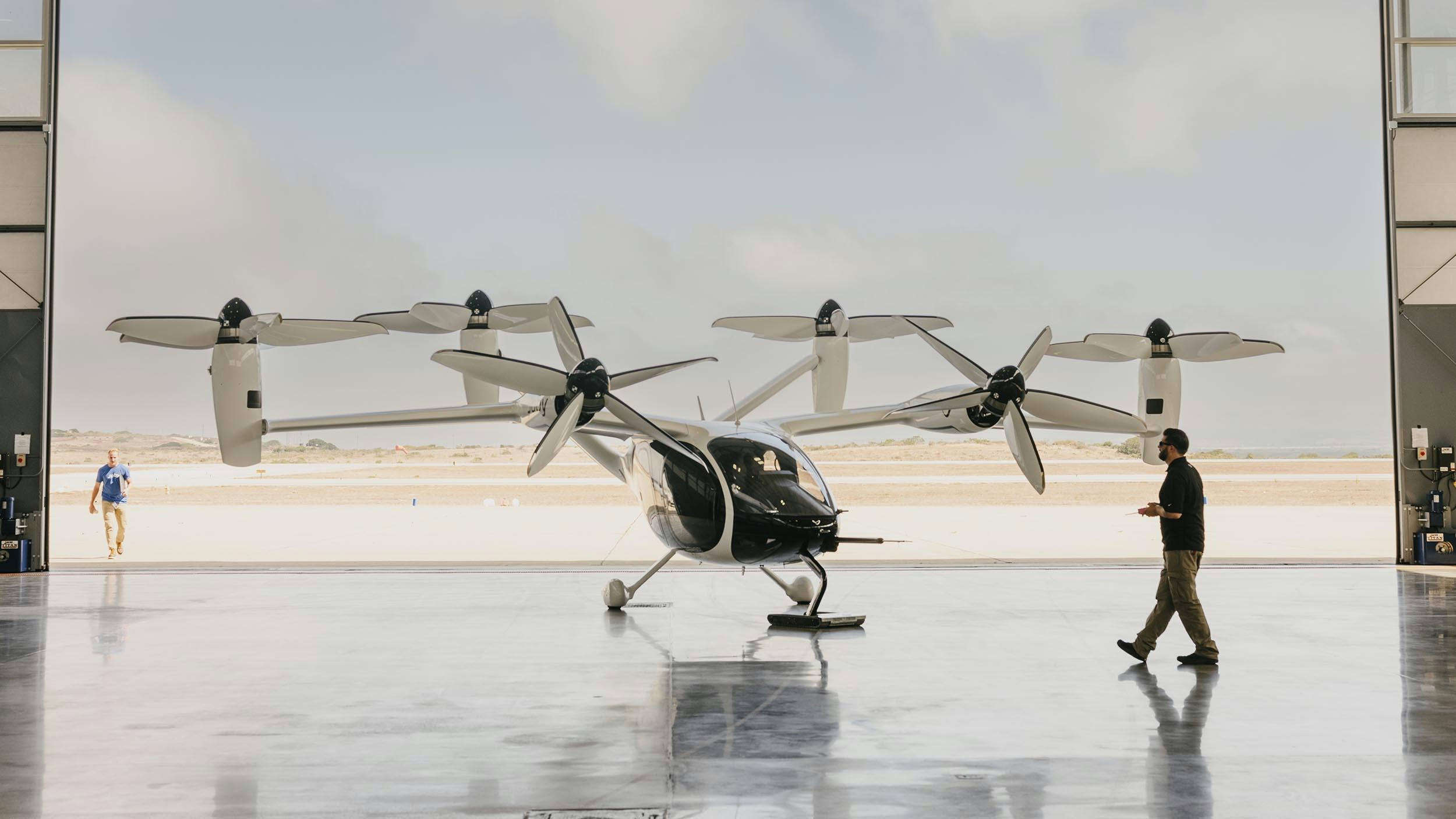
Joby Aviation’s Air Taxis Poised to Change Urban Travel and Tourism
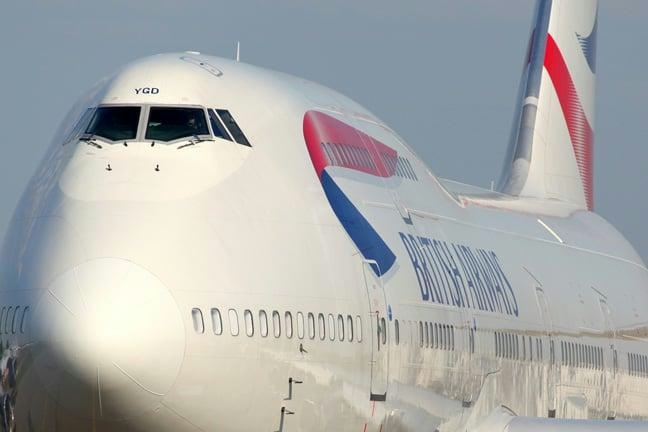
BA Chief Warns AI Agents May Diminish Brand Visibility
